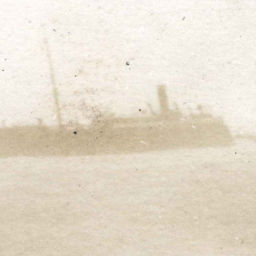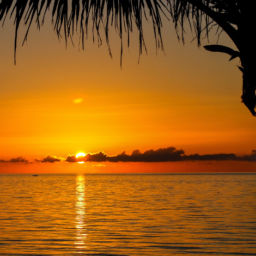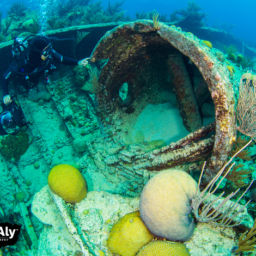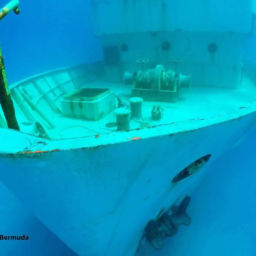Bermuda is famous for more than golf courses, pink-sand beaches and Bermuda shorts. Sitting 650 miles east of North Carolina, the small island has been called the “Shipwreck Capital of the Atlantic,” with well over 200 wrecks between 20 and 100 feet. Flight times from the U.S. East Coast are only 90 minutes, so those flying from New York or Boston can leave in the morning and be diving by lunchtime. In this second in a series of articles about Bermuda’s most popular shipwrecks, we’ll cover the L’Herminie.
Bermuda’s most impressive warship wreck must be L’Herminie, which was, in its day, one of the most impressive naval warships.
Launched in 1824 and, it took a full four years to build thisat 300 feet long, three-masted beast. It became a top-of-the-line warship with 60 cannons, some measuring more than nine feet long. In its day, L’Herminie was the prize of the French Navy. In terms of importance would have been the equivalent of a modern-day aircraft carrier.
In 1837, the French sent the ship into Mexican waters to defend the French claims against Mexico. It arrived in Havana in August of that year and within a matter of months, 133 of its 500 crewmembers came down with yellow fever. With the disease spreading like wildfire, the ship was recalled to France.
On December 3, 1838, with most of the crew sick and encountering heavy seas, the ship sought shelter in Bermuda. By the time they spotted land, though, L’Herminie had accidentally wandered into a treacherous stretch of barrier reef. Here it became grounded in almost dead-calm water. All 495 crew members survived the wreck. Since Bermuda was a British Colony, the local authorities imprisoned the French crew and put them to work building roads at The Royal Naval Dockyard. But as in Cuba, yellow fever was sweeping the island. Whether they contracted it on board or by mixing with fellow prisoners, many of the crew soon died of the disease. They were buried on Long Island in the Great Sound, along with other yellow fever victims. The French vessels Hercules, Jean and Osage eventually transported the survivors off the island.









